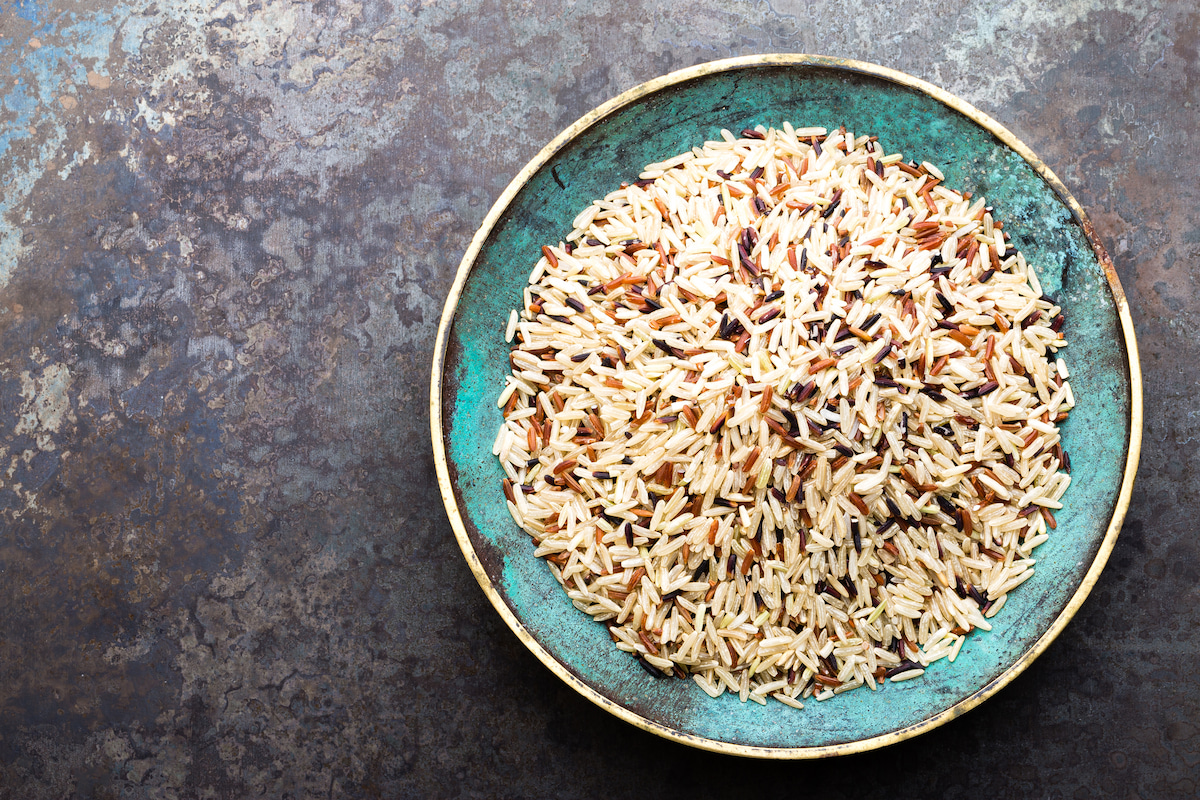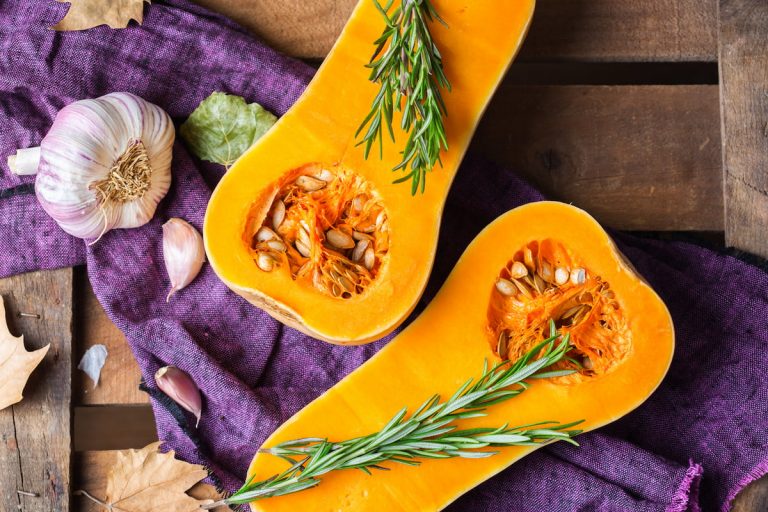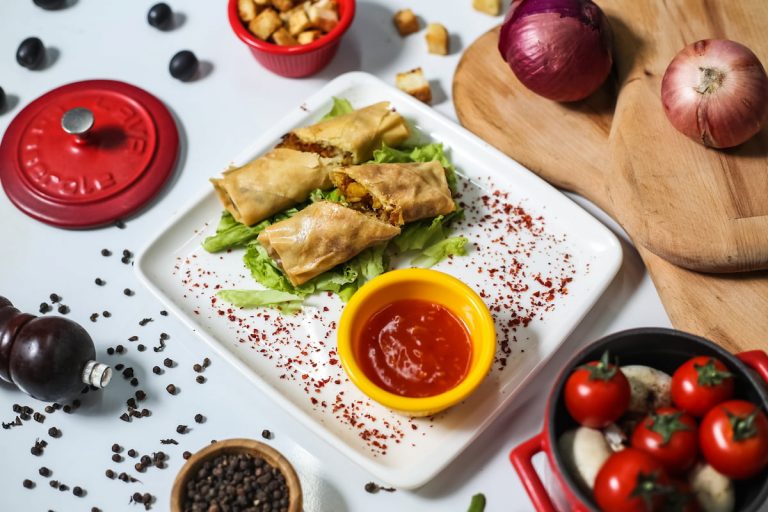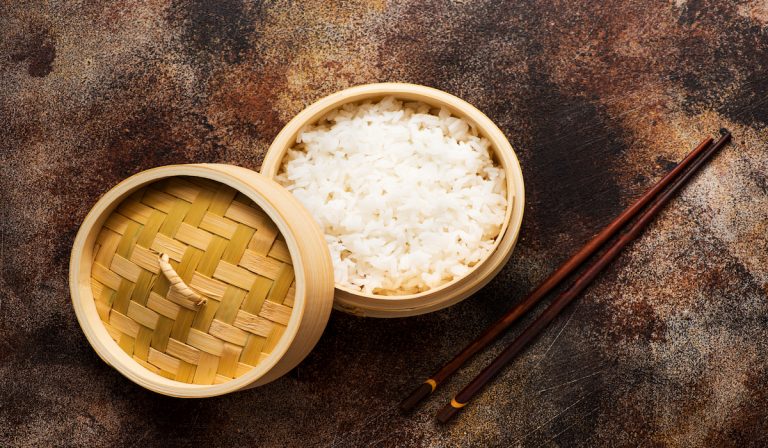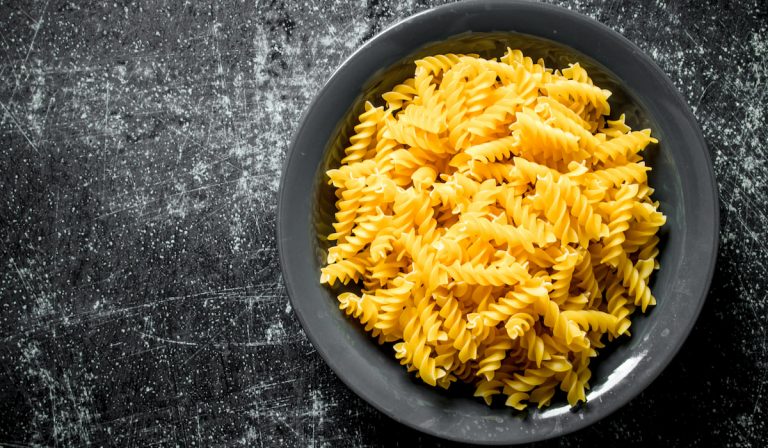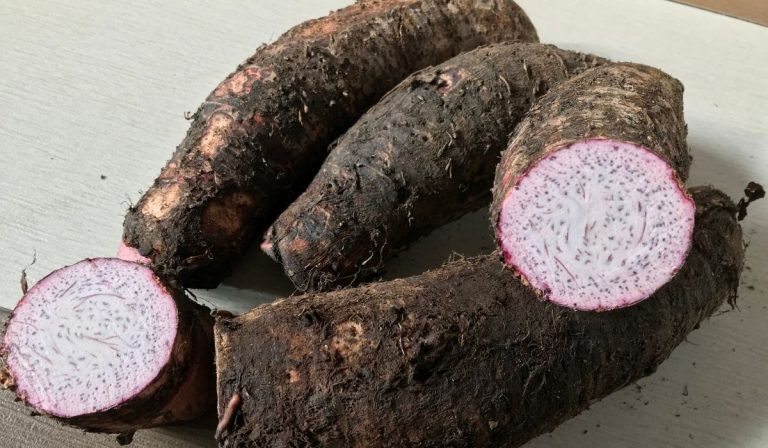Is Wild Rice Paleo?
Who doesn’t love a bowl of rice?
One of the most historically significant types of rice found in North America is wild rice, which was cultivated as a food source by early Native Americans and even considered a sacred food to certain tribes. But is this centuries-old food source considered a viable part of the paleo diet?
Is wild rice paleo?
Wild rice is not paleo, despite its high nutritional content. Wild rice contains phytic acid, which affects the absorption of certain minerals, so it is not allowed in a paleo diet.
In this article, we will go over why wild rice, and rice in general, are not paleo and how to replace this culinary staple of North America properly.
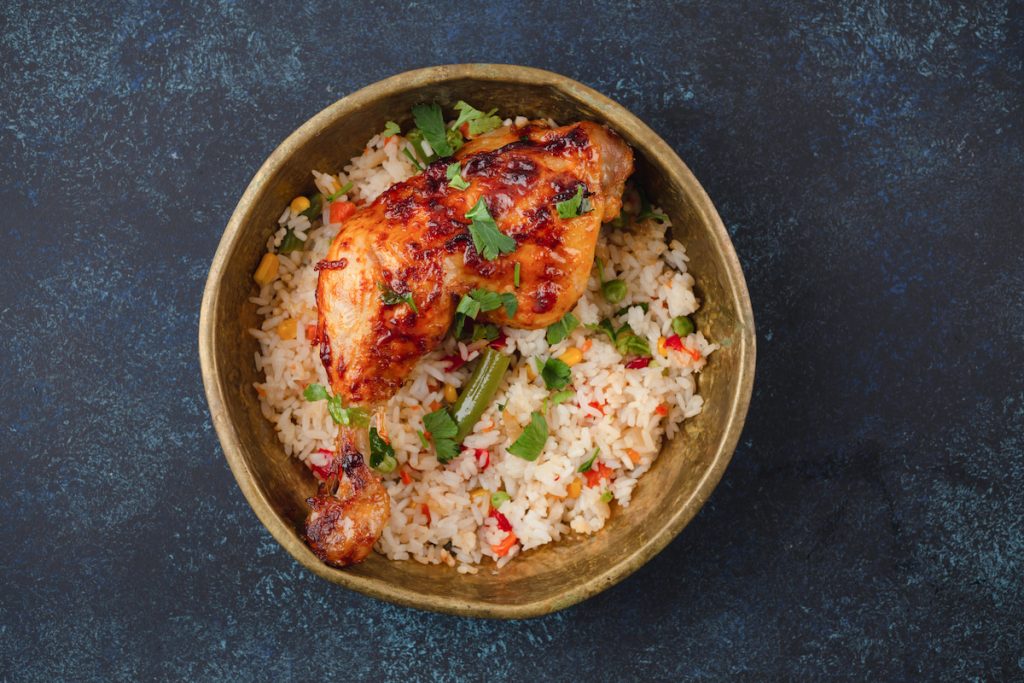
Why Rice Is Not Paleo
Wild rice is a strange variant of rice that doesn’t quite fit the category it is placed in. Like its cousin rice plants, wild rice grows submerged in lakes, creeks, and rivers and fits the archetype of a rice plant.
When it comes to rice, you will find no alternative that is higher in protein than wild rice is, likely because it isn’t technically the same thing.
As healthy as this western variant of rice may be, it is still not allowed on a paleo diet. This is due to the fact that while it may have several health benefits, it can also detract from and remove several nutrient benefits you will find in other food.
The most notable downside to wild rice is its high concentration of what’s known as phytic acid. Phytic acid is identified as an “antinutrient” due to its ability to prevent the digestion and infusion of minerals like iron, zinc, and even calcium.
This compound exists in many plants, especially in legumes, nuts, seeds, and grains.
This process is limited to the meal associated with phytic acid, thankfully. So it should not ruin the rest of your day as far as the minerals are concerned.
However, you can lower the amount of phytic acid in wild rice by soaking the grains in water before you cook them.
However, if you are looking to be strict with yourself and maintain the paleo code to the letter, best leave wild rice alone.
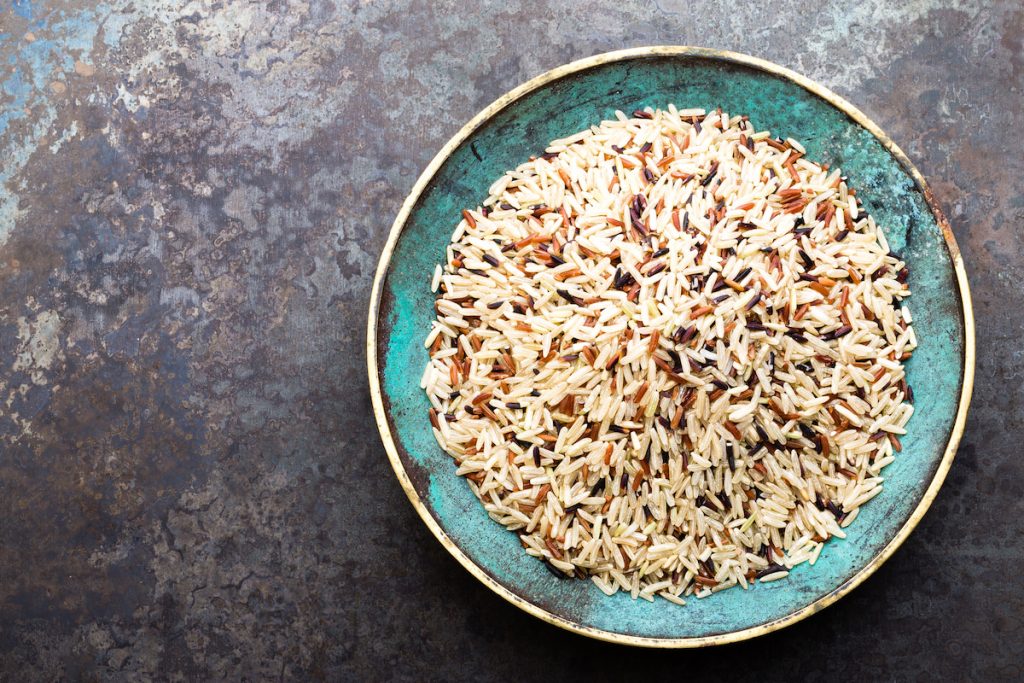
Wild Rice Replacements
But I would never just give you that bad news and leave you hanging.
So you can’t eat wild rice. Bummer.
But that doesn’t mean you can’t enjoy alternatives that are equally as delicious and still very much in line with your paleo diet!
Thankfully, due to the countless paleo maestros found on the internet, you can find delicious substitutes to get your fill of grain for the evening.
Tools Needed
Unfortunately, unless you have an unbelievable amount of free time to chop vegetables into rice-sized pieces, it just isn’t worth the effort.
Thankfully, we have come a long way since the days of the caveman and can utilize two brilliant kitchen appliances to make sure we get paleo-friendly rice every time.
Food Processor
The first tool you are going to need is a food processor.
A food processor will ensure that whatever vegetable alternative you use in place of wild rice will come out the same size and shape as the wild rice you are looking to replace. For most of these alternatives, this should work just by itself.
The price of food processors can be as little as twenty dollars up to hundreds of dollars, depending on what type of processor you look for.
Vegetable Spiralizer
The second tool you may need is a vegetable spiralizer.
A vegetable spiralizer will help break down the tougher vegetables into thin layers that you can then throw into your food processor.
Without this tool, certain vegetables are simply going to be impossible to process unless you slice them incredibly thin by hand, which could prove time-consuming.
Thankfully spiralizers are a bit more financially agreeable than food processors, sitting at twenty dollars.
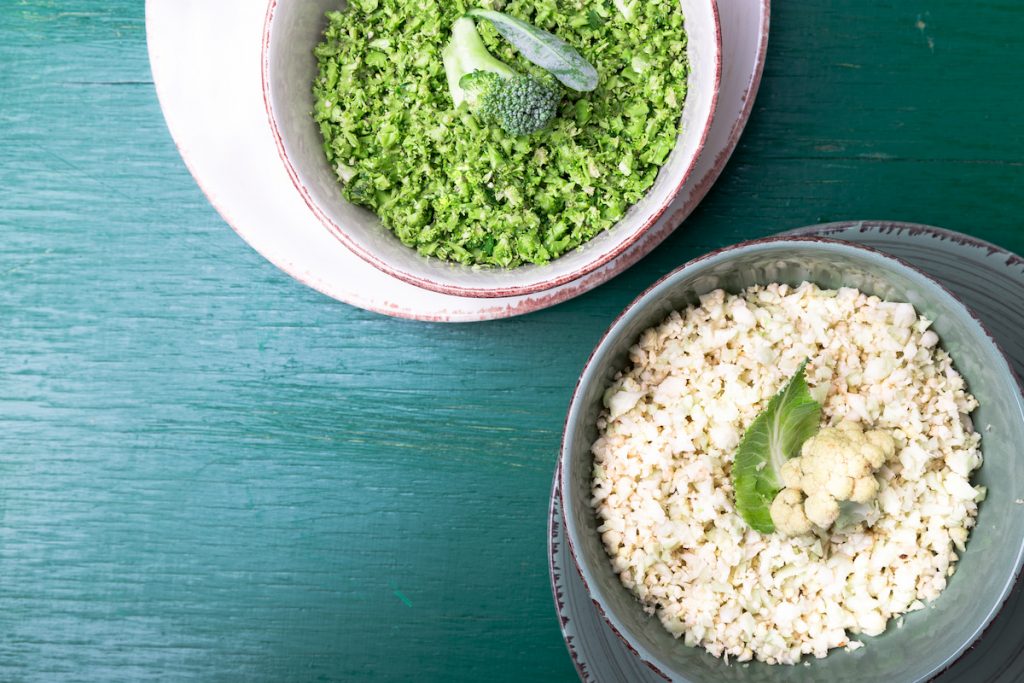
Broccoli Rice
One of the most glorious combinations in the culinary pantheon is chicken, broccoli, and rice. With this delicious vegetable substitute, you can replicate the rice in this dish for less cost and still abide by your diet.
You are going to want to start by cutting down the trunk of the broccoli, especially the more stubborn bits at the bottom.
After you complete that process, you want to slice up the broccoli until it is in bits that you can comfortably throw in the food processor.
When you put a safe and measured amount in the food processor, use the pulse option to allow more control over how finely diced the broccoli becomes.
When it matches your desired consistency, repeat until you are happy with the amount of broccoli rice you have.
Cauliflower Rice
This stuff is great because if you don’t have the time to make it yourself, you can also find it in most local grocery stores.
However, if you want to do it by hand, the process is about the same as for broccoli rice.
You will want to make sure the cauliflower is cut down enough to fit into your food processor, although you can leave the trunks if you desire. They aren’t as tough to cut up as broccoli.
Then use the trusty pulse option until the cauliflower matches the texture of wild rice, and you have a gluten-free, paleo-friendly alternative to wild rice!

Butternut Squash Rice
This uncommon vegetable can be utilized well in place of wild rice!
To start, you will need to peel off the skin from the exterior of this useful fruit.
When its outer layer of skin is removed, you may benefit from using that spiralizer I mentioned earlier. Although, if you are tight financially, you can also slice this guy up into thin, processor-sized pieces.
When you get pieces that fit comfortably into the processor, start pulsing until the contents look similar to wild rice in shape and size.
Conclusion
Wild rice is delicious, healthy, and a staple in many dishes. Paleo dieting may not allow it, but paleo dieters have found several delicious alternatives that work just as well without breaking the diet.
If any of these alternatives sound good to you, break out your food processor and go to town on your nearest veggie!

